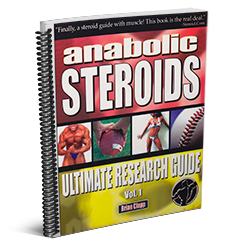I did a search on this diuretics and only found one bit of information. Is there anybody out there who knows about this one. Rumor has it it's a generic brand of Dyazide. I'm doing my first show this weekend, July 19, 2003, and was wondering how to use it. Does a persons weight have anything to do with how much one should take??





 Reply With Quote
Reply With Quote

